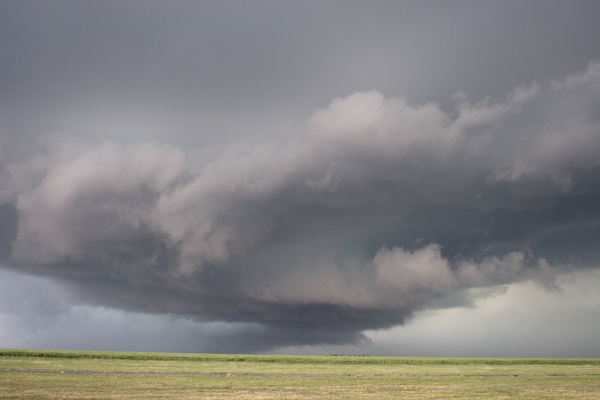
In the end, all it took was a combination of radars and snow gauges.
Scientists at the Boulder-based National Center for Atmospheric Research, the University of Colorado, the University of Wyoming and the University of Illinois at Urbana-Champaign tried a new technique to measure cloud seeding in 2017: They left behind the precipitation gauges and statistical models that have been used in the past.
The end result was a critical research finding: On three occasions, injecting clouds with silver iodide generated significant precipitation, more than doubling the rate of snowfall that had been falling naturally.
“As a scientist, this is kind of what you live for,” said Sarah Tessendorf, a scientist at NCAR and co-author of a new paper about the research “You’re always trying to answer those unanswered questions.”
Cloud seeding is the deliberate injection of substances like silver iodide by airplane to create precipitation. The practice dates back to the 1940s when American chemist Vincent Schaefer used airplanes — and even cannons — to inject clouds with silver iodide or dry ice. While the industry around cloud seeding has existed for decades in the United States, the ability of science to verify results has been more ambiguous.
The paper, published in the Proceedings of the National Academy of Sciences, explains that both the study design and technological advances in instruments are what allowed scientists to finally measure the results of cloud seeding.
Scientists flew an airplane that had high-resolution cloud radar that could see features in clouds that are undetectable to the naked eye. Scientists also positioned mobile Doppler radars on wheels that storm chasers use high in the mountains above basins to observe changes in weather.
“Having these mobile radars positioned up on top of mountain ridges to be able to see over the basins where we were targeting cloud seeding, we were able to get measurements that we wouldn’t have seen otherwise,” Tessendorf said.
The results are critical for Western states like Colorado which have seen more frequent and extreme drought. Tessendorf said the next step is potentially even more important: Scientists can figure out what conditions lead to the best cloud seeding opportunities. Then through the use of computer models, she and others can determine how cloud seeding might work in a hotter, drier climate in the west.
“So understanding that we can look at future climate projections and make some assessments about, ‘Is cloud seeding still going to even have the same opportunities ... in that future climate?’” she said.









